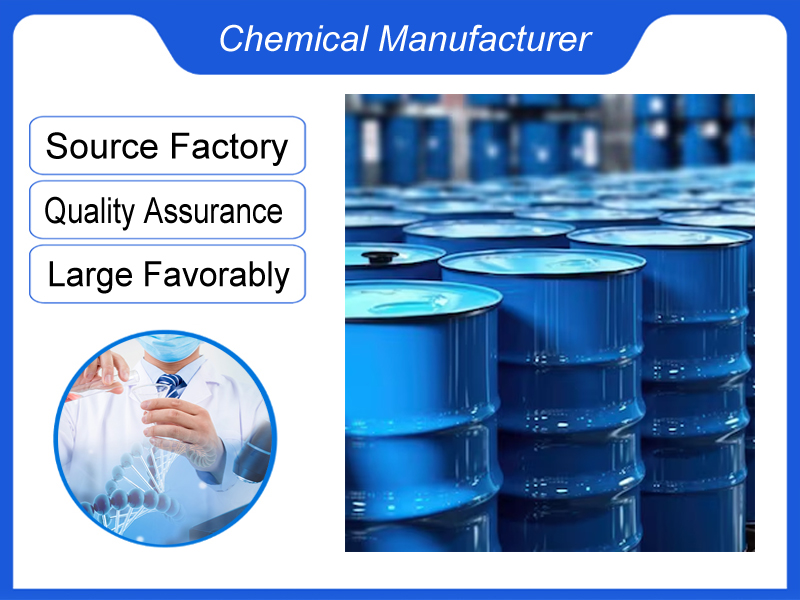
Doxycycline Hyclate CAS 24390-14-5
We are a manufacturer based in China. We specialize in providing high-quality Doxycycline Hyclate CAS 24390-14-5 for industrial clients across various sectors. Whether you need chemicals consultation or technical support, our team is here to help.
Category:Active Pharmaceutical Ingredients Own Brand:MT /MOQ:100KG /From China/ B2B only.
Introduction
Doxycycline hyclate is a tetracycline antibiotic. It is mainly used for upper respiratory tract infection, tonsillitis, biliary tract infection, lymphadenitis, cellulitis, senile chronic bronchitis caused by sensitive gram-positive cocci and gram-negative bacilli. It is also used for typhus, tsutsugamushi disease and Mycoplasma pneumonia. It can also be used to treat cholera and to prevent falciparum malaria and Leptospira infection.
Molecular Formula:C22H24N2O8,HCI,½C2H6O,½H2O
Molecular Weight:512.9
CAS No.:24390-14-5
Description
Doxycycline hyclate is a yellow, hygroscopic, crystalline powder. It is freely soluble in water and in methanol, sparingly soluble in ethanol (96 per cent). It dissolves in solutions of alkali hydroxides and carbonates.
Application
Doxycycline hydrochloride is a tetracycline antibiotic. This product is a broad-spectrum bacteriostatic agent, with bactericidal effect at high concentrations. Many rickettsia, mycoplasma, chlamydia, atypical mycobacteria, and spirochetes are all sensitive to it. It has better effects on gram-positive bacteria than gram-negative bacteria, but Enterococcus is resistant to it. Others such as Actinomyces, Bacillus anthracis, Listeria monocytogenes, Clostridium, Nocardia, Vibrio, Brucella, Campylobacter, Yersinia are sensitive to it. This product has certain antibacterial activity against Neisseria gonorrhoeae, but the penicillin-resistant Neisseria gonorrhoeae is also resistant to doxycycline. Due to the wide application of tetracyclines, common clinical pathogens are highly resistant to this product, including gram-positive bacteria such as staphylococci and most gram-negative bacilli. There is cross-resistance between this product and different varieties of tetracycline antibiotics.
Packing and Storage
Preserve in an airtight container, protected from light. If the substance is sterile, store in a sterile, airtight, tamper-proof container.
Minimum Order
One package
Doxycycline Hyclate: A Veterinary Antibiotic
Doxycycline Hyclate is a widely – used antibiotic in veterinary practice, playing a crucial role in treating various bacterial and some protozoal infections in animals.
1. General Characteristics
| Aspect | Details |
| Classification | Tetracycline – class antibiotic |
| Source | Semi – synthetically derived from oxytetracycline. The hyclate form is obtained through a reaction with hydrochloric acid, which modifies the chemical structure to enhance certain properties for veterinary use. |
| Formulation | Available as powders, which can be formulated into tablets, capsules, and oral suspensions for convenient oral administration to animals. Injectable solutions are also available for parenteral use, allowing for rapid delivery of the drug into the bloodstream. In some cases, it may be incorporated into topical formulations for treating skin infections. |
| Solubility | Soluble in water, which is beneficial for preparing solutions suitable for different routes of administration. This property enables easy addition to drinking water for livestock and poultry or preparation of injectable solutions. However, formulation techniques may still be required to optimize its bioavailability in different animal species. |
2. Mechanism of Action
| Action | Explanation |
| Inhibition of Protein Synthesis | Doxycycline Hyclate binds to the 30S ribosomal subunit of bacteria. It obstructs the attachment of amino – acyl tRNA to the acceptor site on the ribosome – mRNA complex. As a result, the addition of new amino acids to the growing polypeptide chain is halted, effectively inhibiting bacterial protein synthesis. |
| Selective Activity | It exhibits a broad – spectrum antibacterial effect. It targets both Gram – positive and Gram – negative bacteria. Additionally, it is effective against certain mycoplasmas, rickettsiae, chlamydiae, and some protozoa. The unique structure of the ribosomes in these organisms allows for specific binding of doxycycline hyclate, enabling its antibacterial and antiprotozoal effects. |
3. Clinical Applications and Considerations
| Category | Details |
| Applications | – Treating respiratory tract infections in cattle, swine, and poultry. In cattle, it can be used against Pasteurella multocida and Mycoplasma bovis. In poultry, it is effective against Escherichia coli, Pasteurella multocida, and Mycoplasma gallisepticum. – Used to control skin and soft – tissue infections in animals, often caused by Staphylococcus spp. and Streptococcus spp. – Treating tick – borne diseases in dogs, such as Rocky Mountain spotted fever (caused by Rickettsia rickettsii) due to its activity against rickettsiae. – In aquaculture, it can be used to treat bacterial diseases in fish, such as Aeromonas hydrophila infections. |
| Considerations | – Overuse can lead to the development of antibiotic – resistant bacteria. Adhering to proper dosage and treatment duration as prescribed by veterinarians is crucial. – Can cause gastrointestinal upset in animals, including nausea, vomiting, and diarrhea. It may also disrupt the normal gut microbiota. – In young animals, it can cause discoloration of teeth and affect bone growth if used during tooth and bone development stages. – Caution is required when using it in combination with other drugs. For example, it may interact with calcium – containing compounds, reducing its absorption. It can also interact with other antibiotics, potentially leading to enhanced or altered effects. |
Doxycycline Hyclate plays a vital role in maintaining the health and productivity of livestock, poultry, companion animals, and in aquaculture through effective treatment of bacterial and some protozoal infections.
If you're ready to take the next step, Leave your message below and we’ll reply soon. 20+ years of chemical manufacturing & export experience, a partner you can trust.





